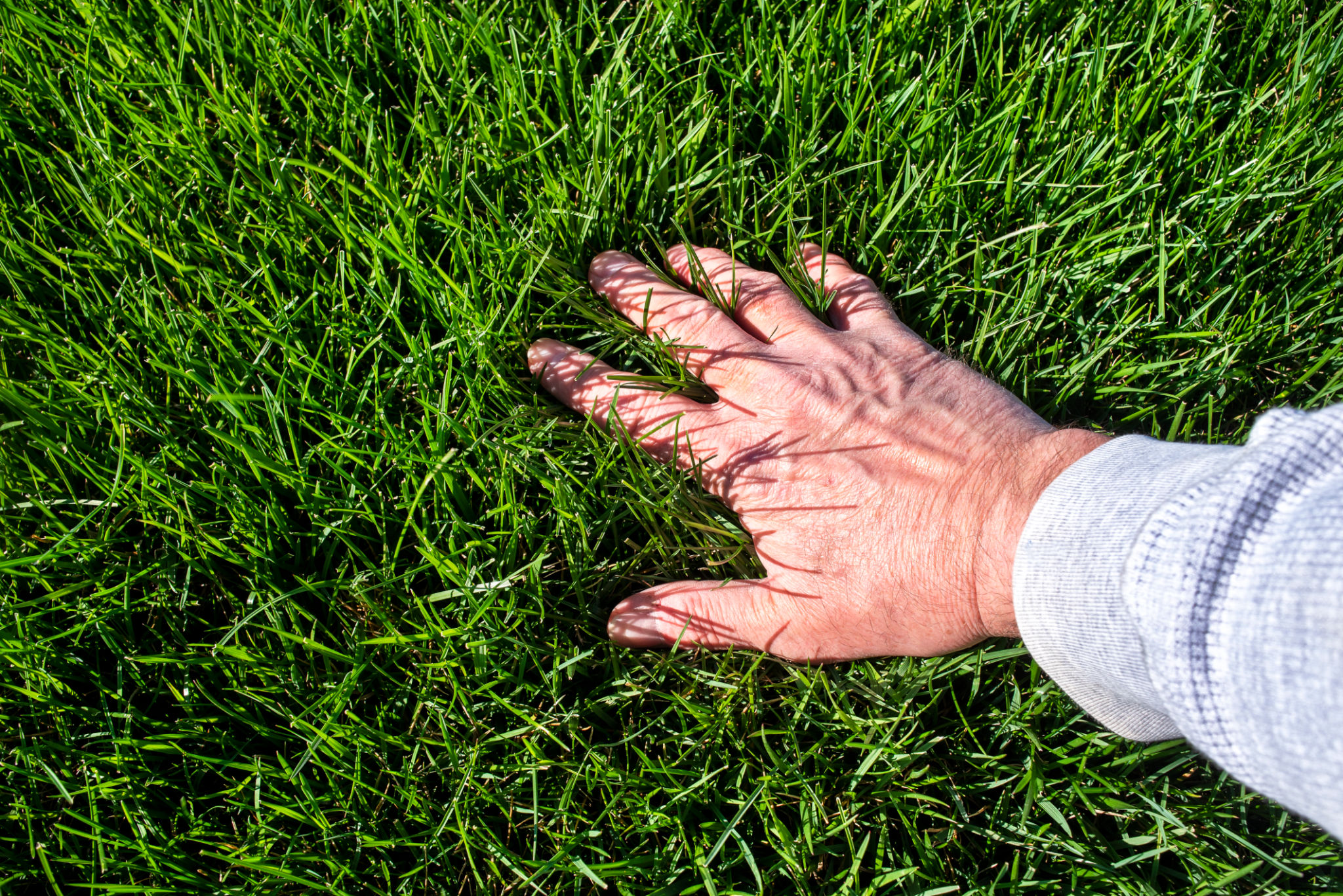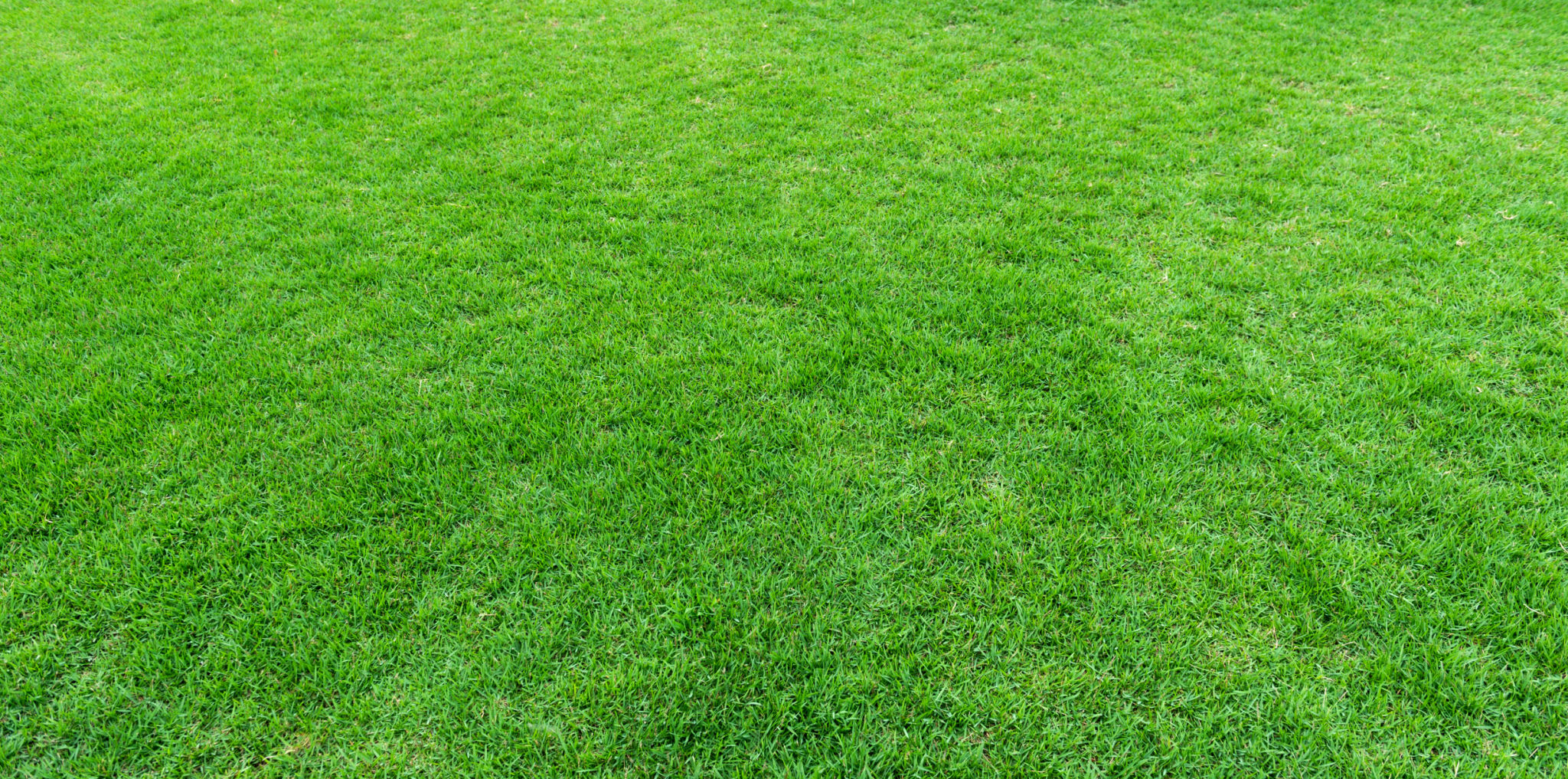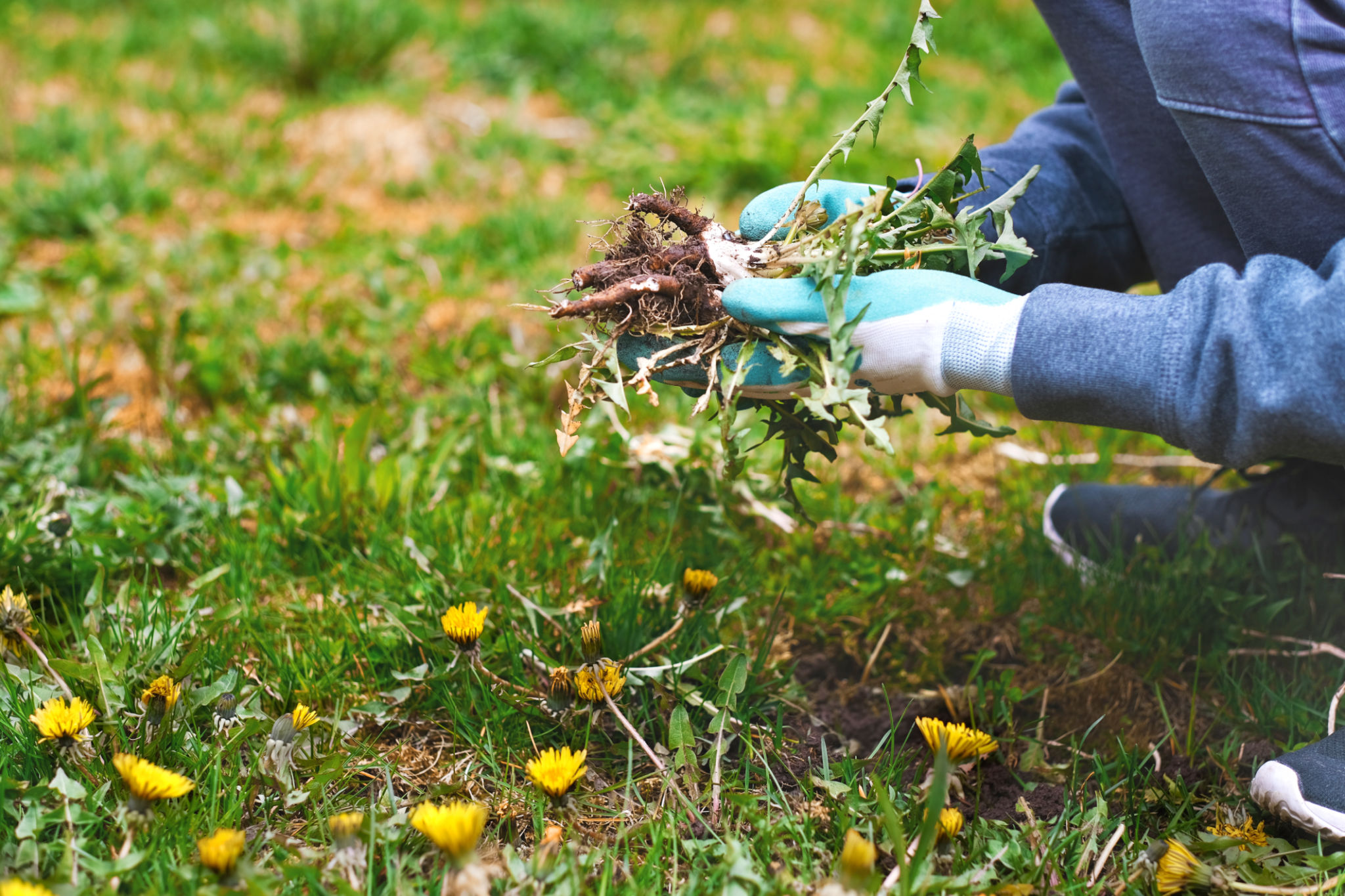DIY Lawn Care Tips to Save Money and Improve Your Yard
Assess Your Lawn's Needs
Every lawn is unique, and understanding what yours specifically requires is the first step to effective DIY lawn care. Begin by evaluating the current state of your yard. Is your grass looking patchy or overgrown? Are there signs of pests or diseases? Taking the time to assess these factors will help you create a more focused plan that addresses the specific needs of your lawn, saving you both time and money in the long run.
Consider conducting a soil test. This will provide valuable insights into your soil's pH levels and nutrient content, allowing you to make informed decisions about fertilization and any necessary soil amendments. You can purchase a simple soil testing kit from most garden centers.

Choose the Right Grass Seed
Choosing the right type of grass seed is crucial for a thriving lawn. Consider your local climate, sunlight exposure, and how much foot traffic your lawn receives. For instance, warm-season grasses like Bermuda and Zoysia are ideal for southern climates, while cool-season grasses such as Kentucky Bluegrass thrive in northern regions.
Once you've identified the best grass type for your area, overseeding can help fill in bare spots and thicken your lawn. Be sure to follow the recommended seeding rate on the packaging to avoid over- or under-seeding.
Master the Art of Mowing
Mowing might seem straightforward, but doing it correctly can significantly impact your lawn's health. Keep your mower blades sharp to ensure clean cuts, which reduce stress on the grass. Mow regularly, but never remove more than one-third of the grass height in a single session, as this can shock the grass and hinder growth.
Additionally, consider leaving grass clippings on your lawn. This practice, known as grasscycling, acts as a natural fertilizer by returning valuable nutrients to the soil.

Water Wisely
Proper watering is essential for a lush lawn, but it's also an area where many homeowners waste water and money. Aim to water deeply but infrequently, encouraging roots to grow deeper into the soil. Early morning is the best time to water, reducing evaporation and fungal diseases.
If you're uncertain about when to water, observe your grass. If it doesn't spring back after being stepped on, it's likely time to water. Installing a rain gauge can also help you monitor rainfall and adjust your watering schedule accordingly.
Fertilize for Optimal Growth
Fertilizing provides your lawn with essential nutrients for healthy growth. Use a balanced fertilizer that's suitable for your grass type and apply it during the active growing season. Organic options such as compost or natural fertilizers can be cost-effective and environmentally friendly.

Aerate Your Lawn
Aeration involves perforating the soil with small holes to allow air, water, and nutrients to penetrate grassroots more effectively. This process helps alleviate soil compaction and promotes healthier growth. If your lawn sees a lot of foot traffic or has heavy clay soil, consider aerating once or twice a year.
You can rent an aerator from a local garden center or simply use a garden fork for smaller areas. The best time for aeration depends on your grass type; cool-season grasses benefit from fall aeration, while warm-season grasses do best in late spring.
Tackle Weeds Naturally
Weeds can quickly overrun a lawn if left unchecked. Instead of relying on chemical herbicides, try natural methods such as hand-pulling or using vinegar-based solutions. Mulching around garden beds can also prevent weed growth by blocking sunlight.
Keeping your lawn healthy through proper mowing, watering, and fertilization practices will naturally reduce weed problems by promoting dense grass growth that crowds out weeds.

Regular Maintenance and Monitoring
A successful DIY lawn care routine involves regular maintenance and monitoring. This includes keeping an eye out for early signs of pests or diseases, maintaining equipment like mowers and sprinklers, and adjusting your care plan based on seasonal changes or specific challenges your lawn may face.
By staying proactive and consistent with these practices, you'll not only save money but also enjoy a lush, healthy yard that enhances your home's curb appeal.